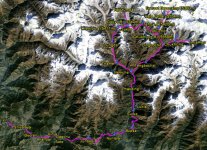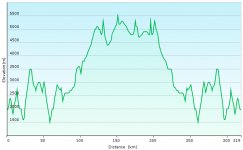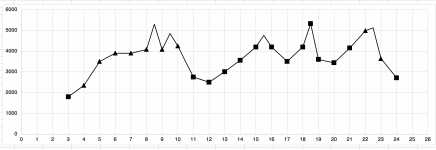leonardo_simon
Well-known member
I'm going on a 3 week trekking holiday in the Nepal Himalaya later this year (or once restrictions eased). The trek is pretty strenuous with long days, difficult terrain, high altitude with a group that moves relatively fast. Birding isn't the primary aim but keen to see what I can. The fast moving means less time to look at stuff on the trek but often more time in the afternoon once we have set up camp.
Was wondering people's thoughts about the most appropriate format for binoculars for this kind of trip? Both in terms of weight and also objective (e.g. 8x or 10x)?
I've a pair of 8.5 x 42 that are super but heavy and was thinking about alternatives.
(I've a clear idea of what brand/models I'm interested in so my question is just about weight and objective size).
thanks
Was wondering people's thoughts about the most appropriate format for binoculars for this kind of trip? Both in terms of weight and also objective (e.g. 8x or 10x)?
I've a pair of 8.5 x 42 that are super but heavy and was thinking about alternatives.
(I've a clear idea of what brand/models I'm interested in so my question is just about weight and objective size).
thanks









